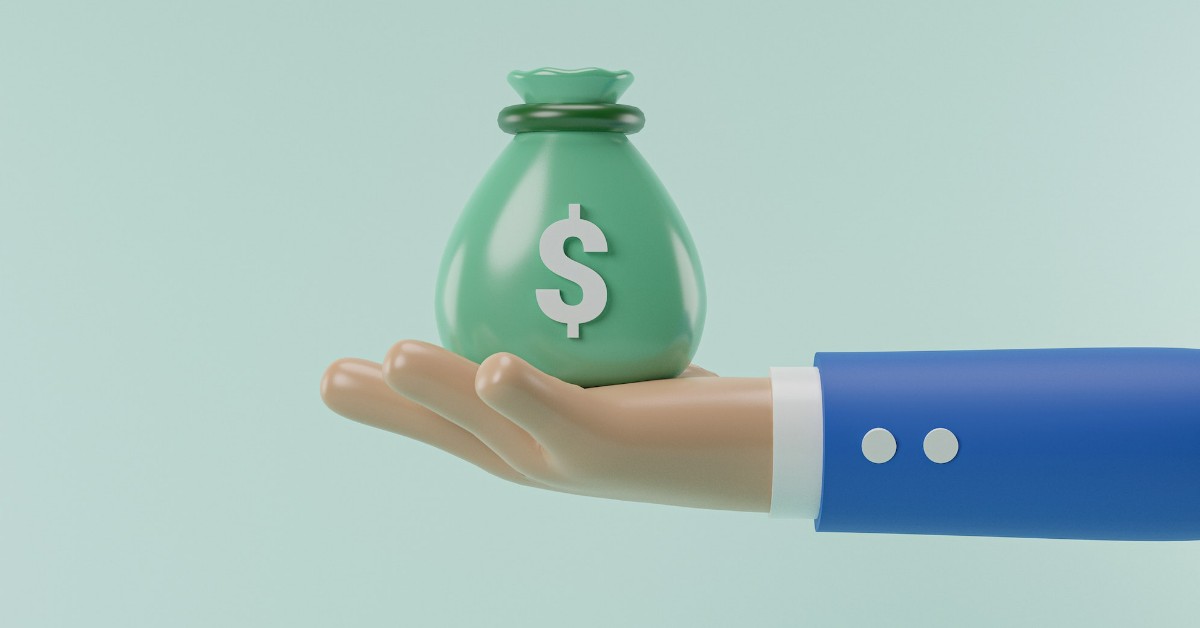The idea of collecting checks for the rest of your life while earning passive income can be very appealing. If this sounds like an appealing investment strategy for you, you should learn more about dividends and dividend investing.
This dividend guide was created as part of the introduction to stock investing to help answer all of your questions and bring you through the basics step by step, from investment selection to dividend reinvestment programmes.
A Step-by-Step Guide to Understanding Dividends
If you’re new to dividend investing or need a refresher course, this step-by-step approach is a great place to start. It outlines the three most important dates for dividend holders, as well as cash distributions, dividend yields, and dividend reinvestment programmes. It is a one-stop shop for new investors to acquire an excellent education. Learn everything you need to know about dividends and dividend investing.
What Is Dividend Investing?
Dividend investing is centred on building a portfolio of “safe” blue chip stocks with high, consistent dividend yields that generate income throughout the year. Dividend investors enjoy receiving regular cash payments in their brokerage or bank accounts. Take a few seconds to learn about the attributes that some investors believe are associated with attractive dividend stocks.
Don’t Just Buy the Highest Dividend Stocks
If you are a dividend investor, you cannot just select the stocks with the biggest dividends. This may appear paradoxical, but there is usually a reason why high-dividend equities pay out so much.
There could be issues with the core business, or the dividend payout ratio is far too high, jeopardising future development. The company’s debt-to-equity ratio may indicate to investors that it will not survive in the long run. Take a few moments to learn about key factors to consider when selecting the highest dividend companies for your investment portfolio.
Why Not All Stocks Pay Dividends
With research showing that dividend equities outperform non-dividend stocks, why don’t all corporations pay cash dividends on their shares? In this article, you’ll learn why a company’s board of directors may choose to forego dividends in order to reinvest in the business, pay down debt, or purchase another company. Find out why not all stocks pay dividends.
If a Stock Doesn’t Pay Dividends, How Can It Be Worth Anything?
How can a stock have any value if it does not pay dividends? This is a frequently asked question among new investors.
There is a narrative that will help you understand non-dividend paying stocks. It begins with a fictitious firm called American Apple Orchards, Inc. You’ll discover how, while not paying dividends, the corporation may nonetheless make its owners millions.
Cash Dividends vs. Share Repurchases
Which is preferable for you as a business owner: cash dividends or share repurchases? This is an important matter because one method is more tax efficient, whilst the other demands less trust in management.
Take a time to evaluate the following factors when deciding on a dividend-paying stock.
How the Dividend Tax Works and Dividend Tax Rates
The dividend tax might be confusing for new investors since it distinguishes between “qualified” and “non-qualified” payouts. This overview describes how the dividend tax works, as well as the specific dividend tax rates that may apply to the money you earn from stocks or other cash-generating investments. Keep extra money in your pocket by reading this article.
The Dividend Trap and How to Avoid It
Sometimes you’ll come across a stock that appears to be offering massive cash dividends and yields that are several times higher than the interest rate available at your local bank.
Take a moment to calm down and proceed with extreme caution. You may have just discovered a dividend trap. Discover how to avoid dividend traps.
Dividend Stocks Perform Better Than Stocks With No Dividends
Dr. Jeremy Siegel, a respected scholar, has demonstrated in his research that reinvested dividends account for 97% of investors’ post-inflation gains.
In this special feature, you’ll learn how that’s possible, as well as statistics on how wealthy previous investors have gotten by owning dividend companies, and Siegel’s “principle of investor returns,” which he believes is responsible for a stock outperforming the market. Discover why boring dividends may be your new best friend.
Use Dividends to Recover From Big Losses
If the value of your investments, 401(k), or stock portfolio has been significantly reduced, you may be able to recover your assets over the following five to ten years by combining the power of dividends, dividend reinvestment, and dollar cost averaging. This article is intended to assist you comprehend the process and lead you in the correct route for regaining control of your shredded finances. Learn how to rebuild your portfolio and recover from losses using dividends.
Dividend Stocks Tend to Fall Less During Market Crashes
Did you know that a dividend-paying stock portfolio is less likely to decline after a market meltdown than one that does not pay dividends? Take a moment to read this excellent explanation for the four reasons why this is true.
Using Dividend Yields to Tell If a Stock Is Undervalued or Overvalued
Professional investors utilise an approach that compares dividend yields to other assets to assess if the stock market is costly or inexpensive.
It will take you less than thirty seconds to learn this strategy, and it will help you better comprehend the risks you are taking when purchasing individual stocks or index funds. Learn how to appraise stocks based on dividend yields.
How the Financial Press Misleads Investors on the Role of Dividends
Did you know there is one fatal defect in stock charts that can mislead you and lead to poor investment decisions? In fact, stock charts may have contributed to the emergence of the capital gains cult, as some refer to it. New investors incorrectly focus on growing share prices, failing to realise that the majority of long-term returns come from dividends reinvested in further shares of stock.
Over time, the power of compounding causes you to control a considerably higher percentage of the company, even if the share price only moves a few percentage points each year. You are entitled to know the truth. Take a moment to learn how the reporting system works against you and why focusing on total return might lead to better results.




